Living in California means I’ve seen my fair share of beaches, and spectacularly beautiful ones at that, from the dramatic coves down the hill from my house to the Central California coastline that includes Big Sur.
So I don’t say it lightly when I profess that Salt Point, a serene stretch of coastline in Northern California, ranks up there as one of the most picturesque beaches in the state.
Salt Point is actually a California State Park encompassing over 6,000 acres of Sonoma County, and its ocean front comprises six miles of rugged, rocky coastline. The park is named for the salt crystals found in cracks and crevices along the shore.
From Highway 1, a tangle of pine and oak trees rises from the promontories that define Salt Point. Miles of hiking trails snake around the cliffs, including a path that climbs up to the wooden deck on Sentinel Rock.
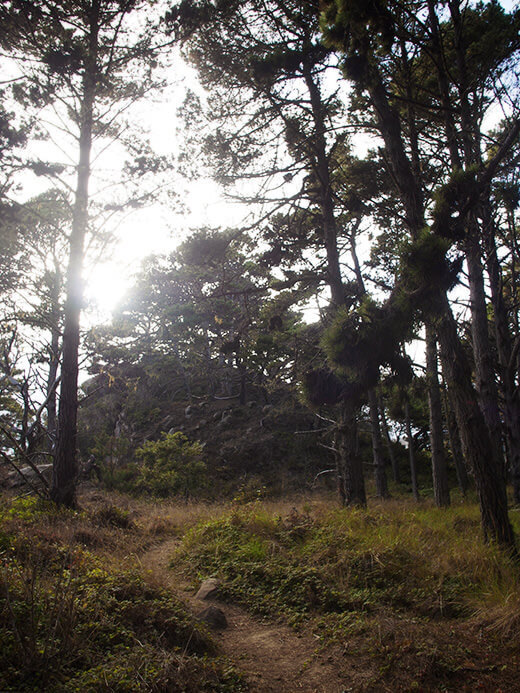
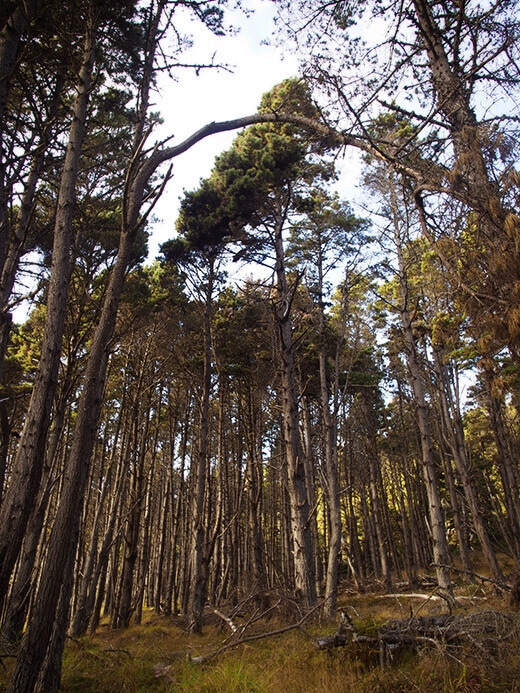
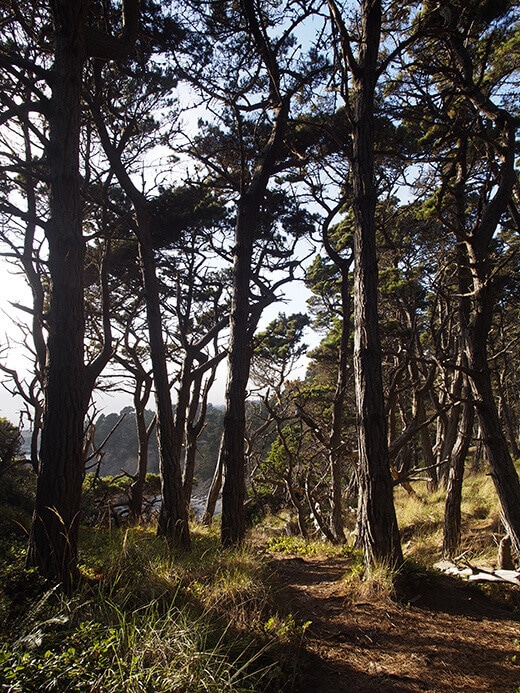
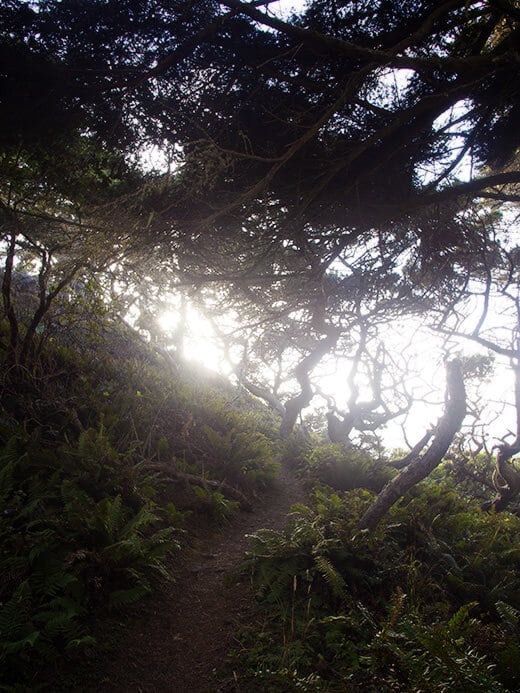
Sweeping panoramic views abound on top of Sentinel Rock, and while fog typically hugs the coast (even in summer), you do get the occasional clear sky over the cove which paints the water a majestic royal blue.
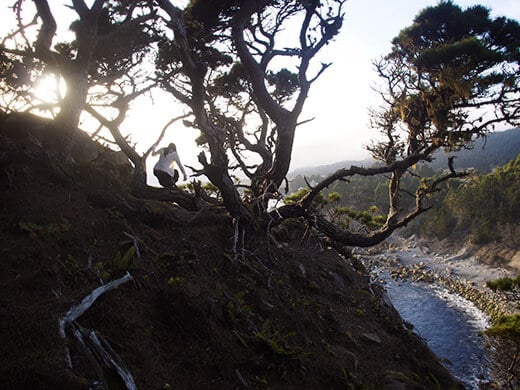
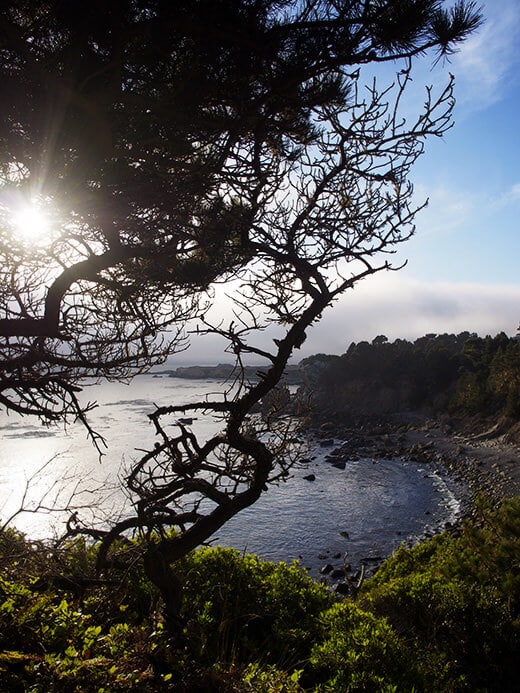
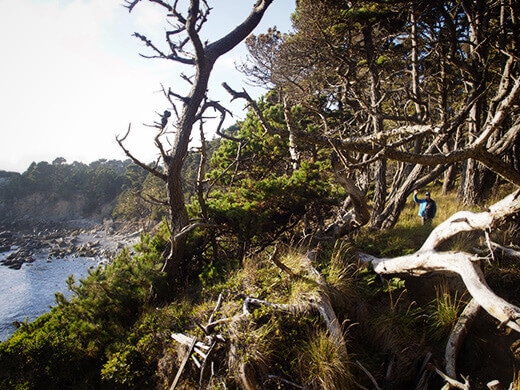
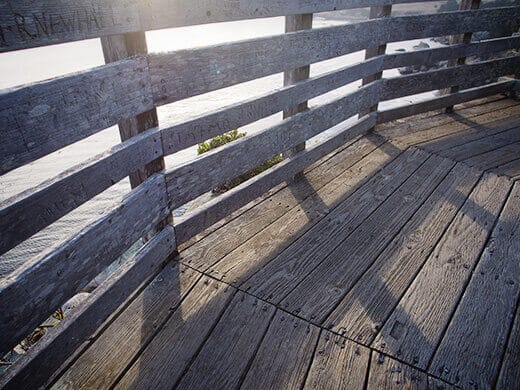
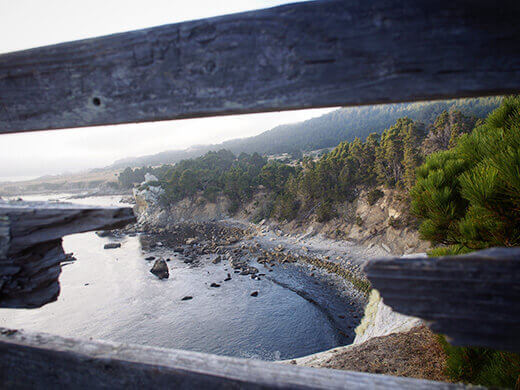
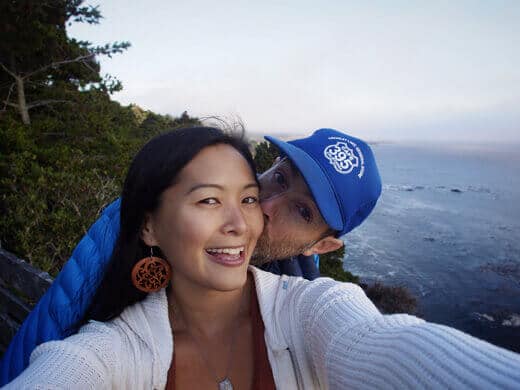
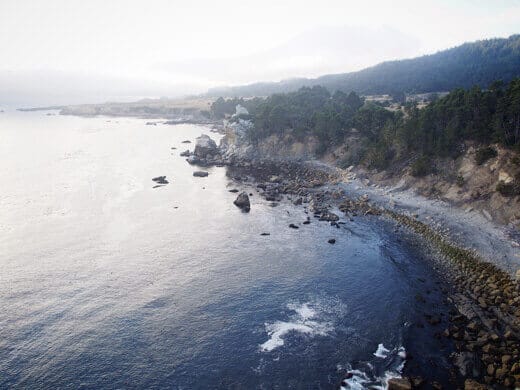
But what makes Salt Point so special from the other 834 miles of coastline in California?
Take a short hike down the steep cliffs at Fisk Mill Cove or Gerstle Cove and an alien-like landscape greets you: mounds of undulating sandstone, khaki-colored and worn smooth from centuries of water tumbling over the rocks. Layers of sediment preserved and carved by ocean spray, forming fantastic pits, ridges, ribs, and knobs at the water’s edge.
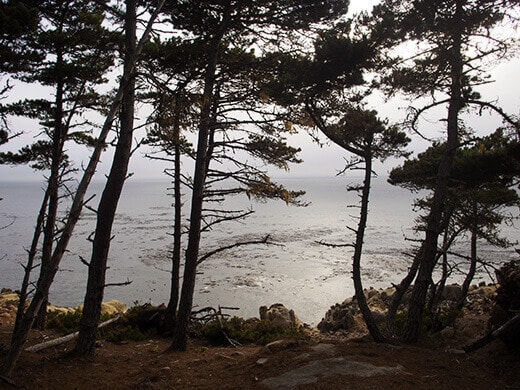
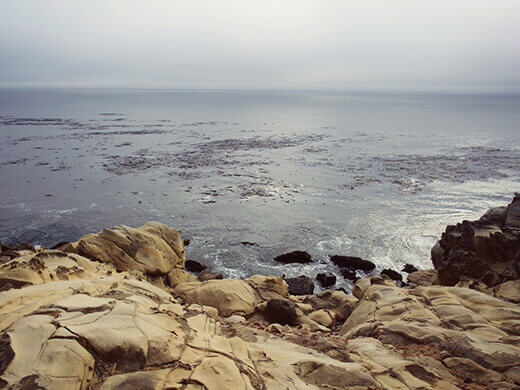
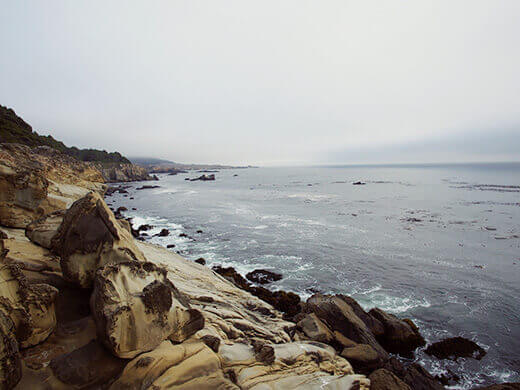
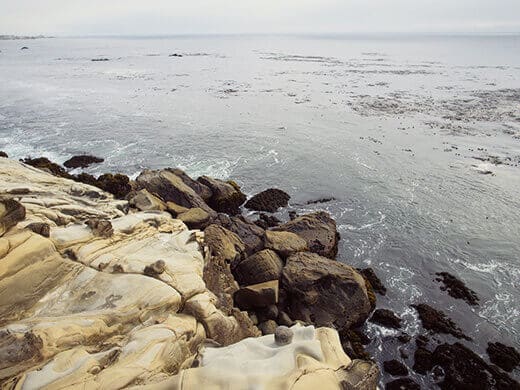
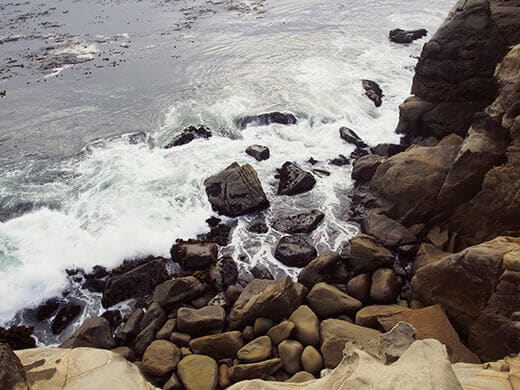
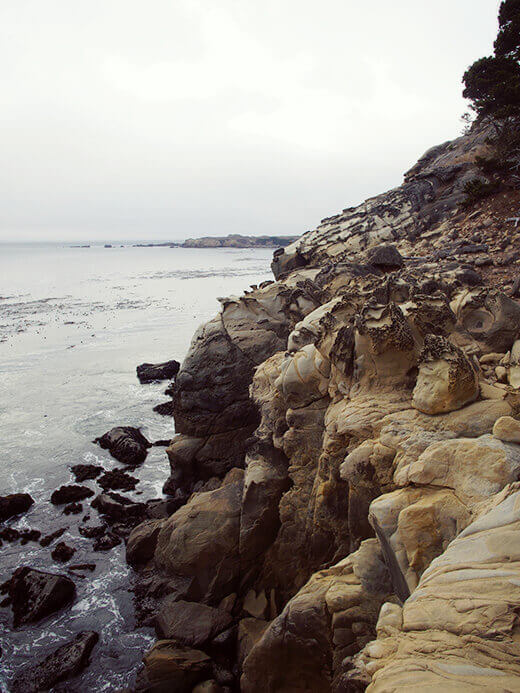
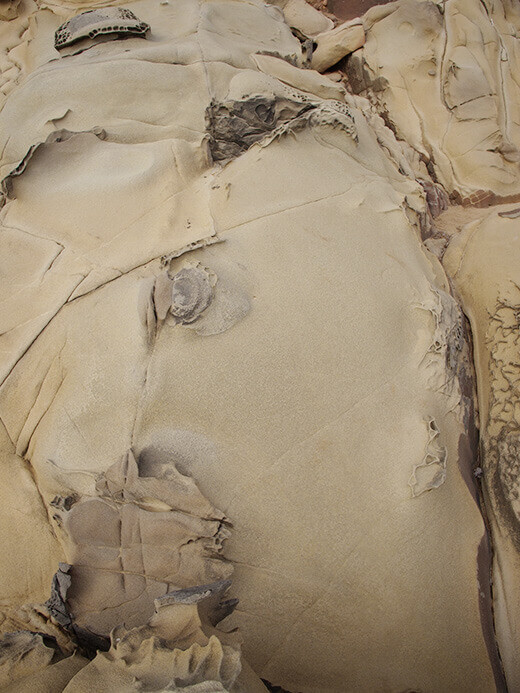
These strange formations are known as tafoni (thought to derive from taffoni, the Sicilian word for “holes”) and they’re a fascinating study into the effects of salt crystals interacting with sandstone in a harsh coastal climate. As salt and other minerals soak into the stone, they strengthen and sculpt some parts while softening others. A single sweeping wave can harden or dissolve it, leaving behind an ever-changing array of honeycombs.
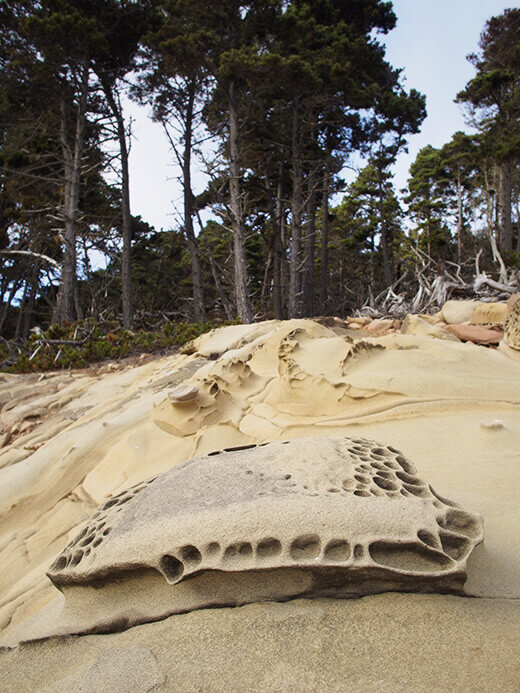

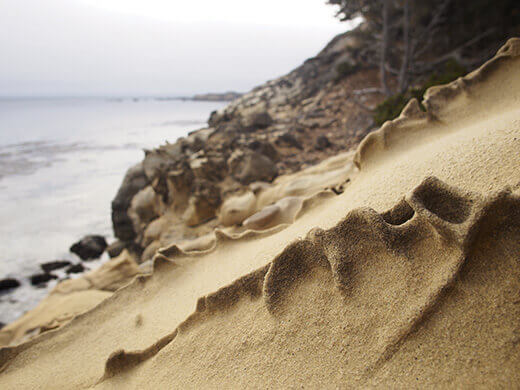
The sandstone was so abundant in the area that in the 1850s, a San Francisco company quarried the rock to create the streets and buildings in the city (as well as the naval facility on Mare Island).
These days, Salt Point is a protected park and you can explore the ancient sea stacks that are continually shifting every year, even every month. And I find it so romantic that every visit will never quite be like the last one.


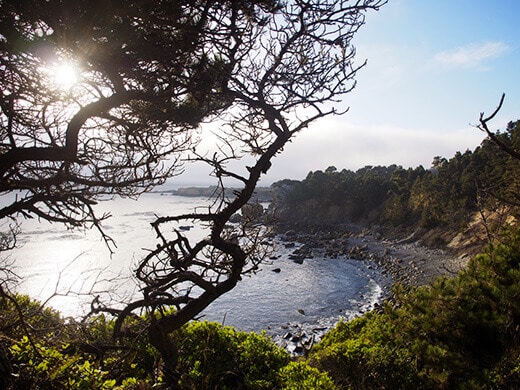













Forested cliffs and salt-carved sandstone define this rugged promontory. Salt Point on the Sonoma Coast http://t.co/p9uvvvm9Ft #california
RT @theGardenBetty: One of the most strangely fascinating (and beautiful!) beaches in #California. Salt Point on the Sonoma Coast http://t.…
One of the most strangely fascinating (and beautiful!) beaches in #California. Salt Point on the Sonoma Coast http://t.co/2CzQxmZAMl
Exploring one of the @CalParks gems on the Northern California coastline. Salt Point on the Sonoma Coast http://t.co/La5ov63wMP #travel
What happens when centuries of ocean spray sculpt the sandstone: Salt Point on the Sonoma Coast http://t.co/oG5mJmV7WH #california
This area is known for its tafoni, ancient sandstone preserved and carved by salt. Salt Point on the Sonoma Coast http://t.co/pmiJZ1GCHY
RT @theGardenBetty: Exploring an otherworldly stretch of coastline in Northern California. Salt Point on the Sonoma Coast http://t.co/XdPhv…
Exploring an otherworldly stretch of coastline in Northern California. Salt Point on the Sonoma Coast http://t.co/XdPhv9dm2J #travel
Blogged on Garden Betty: Salt Point on the Sonoma Coast http://t.co/6PEUz7YOzI